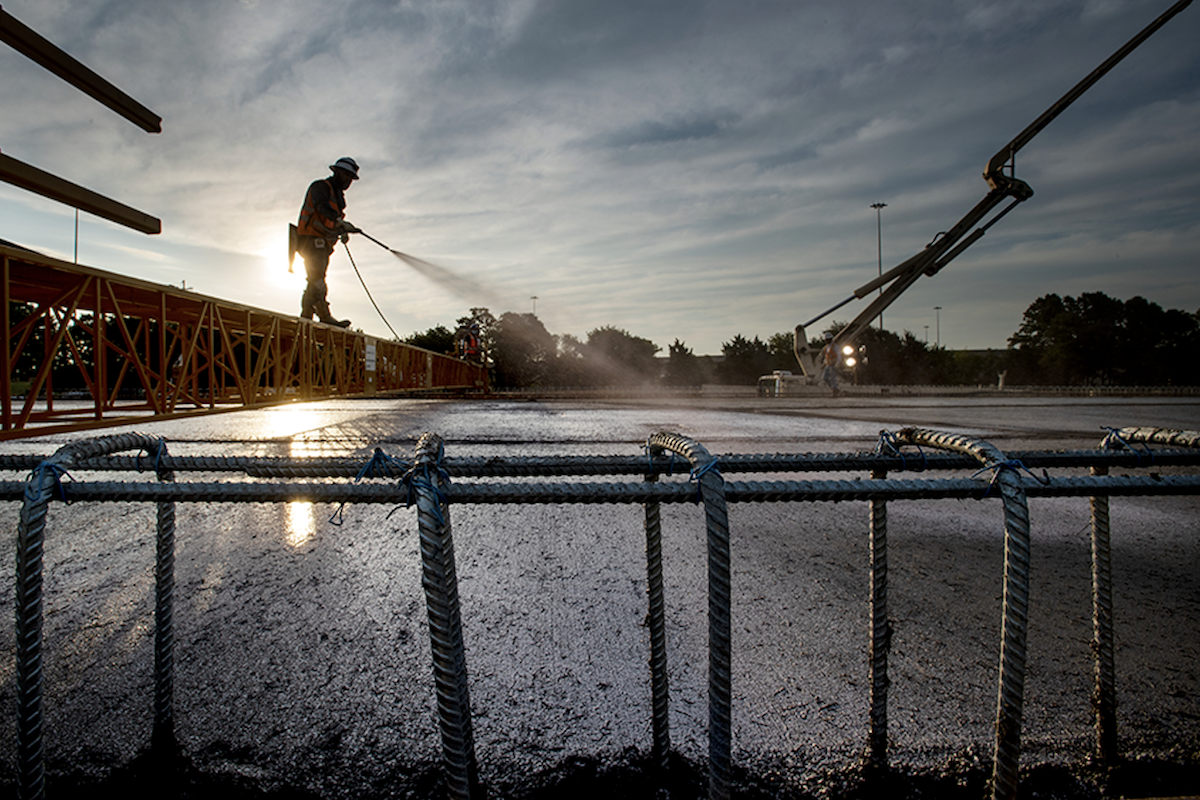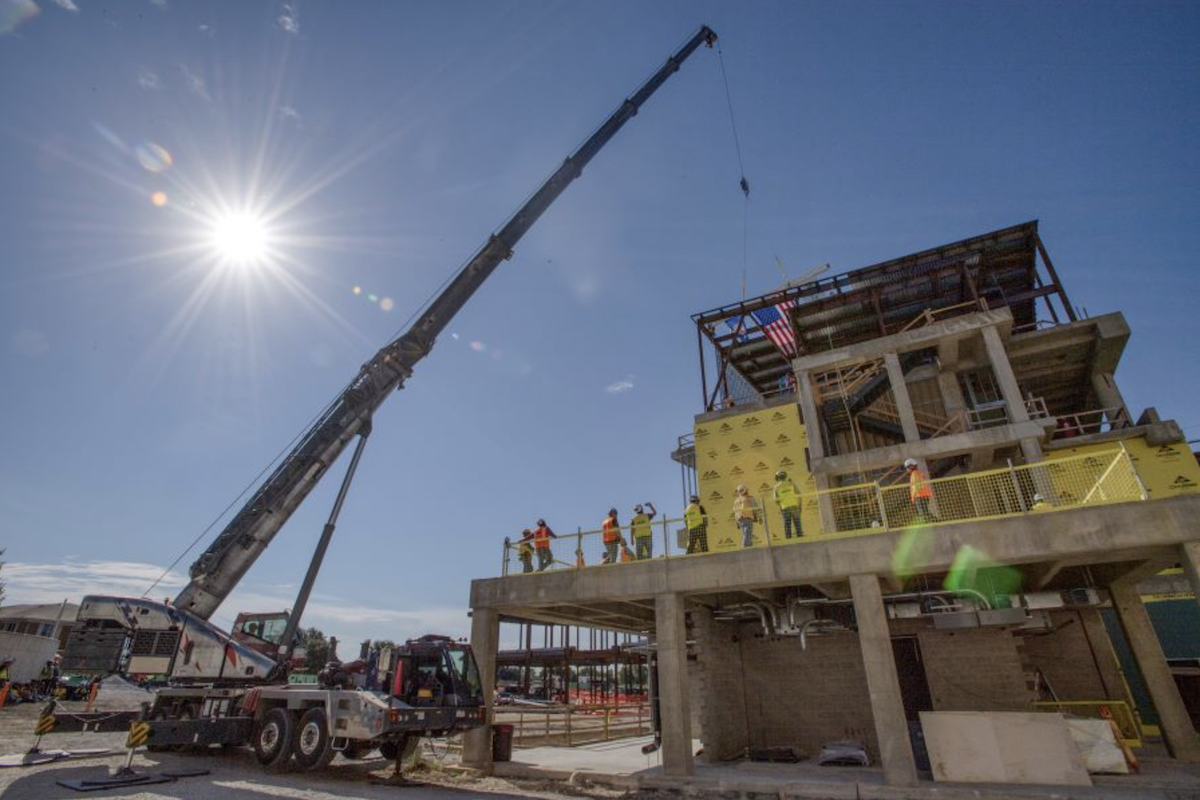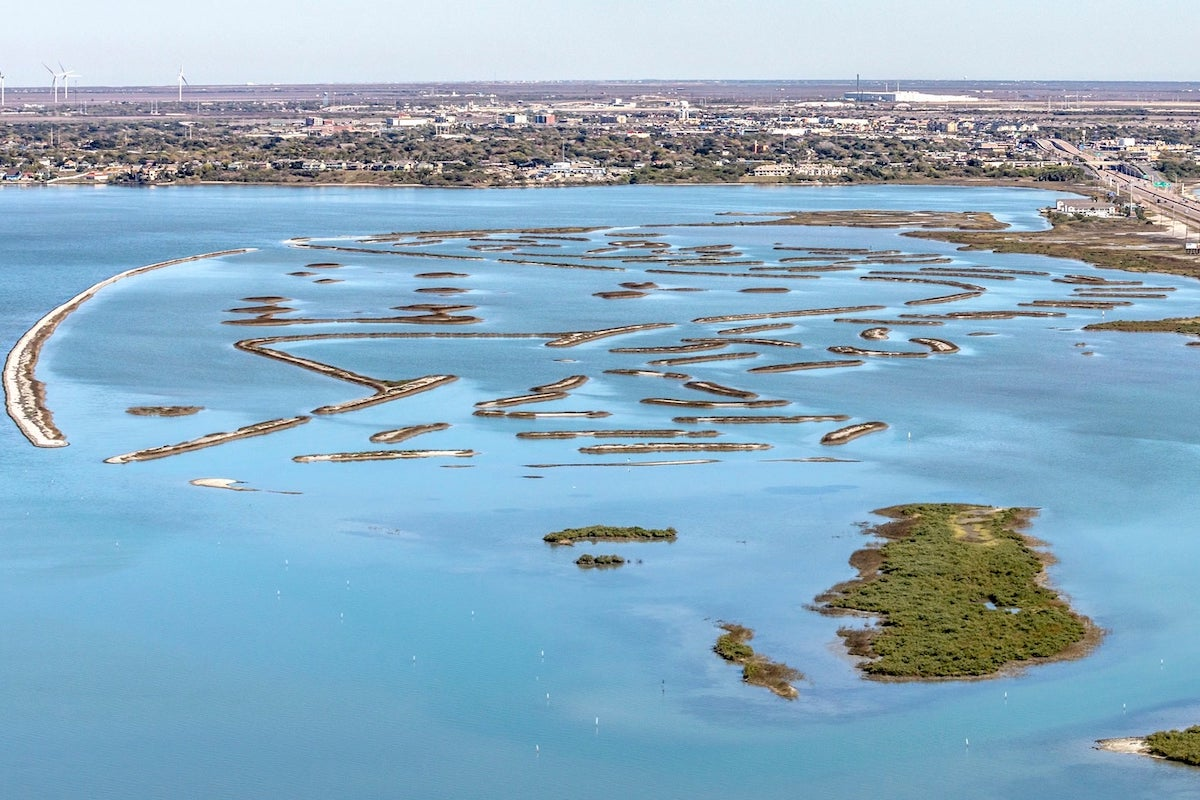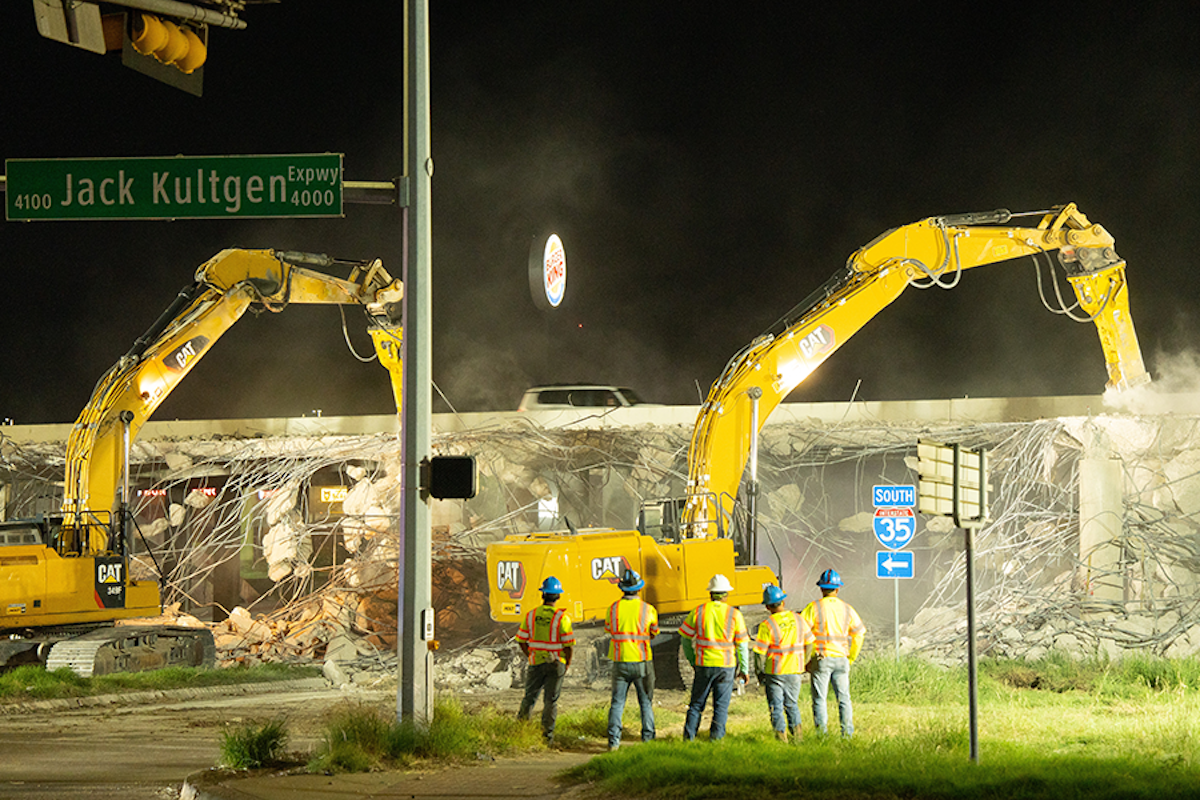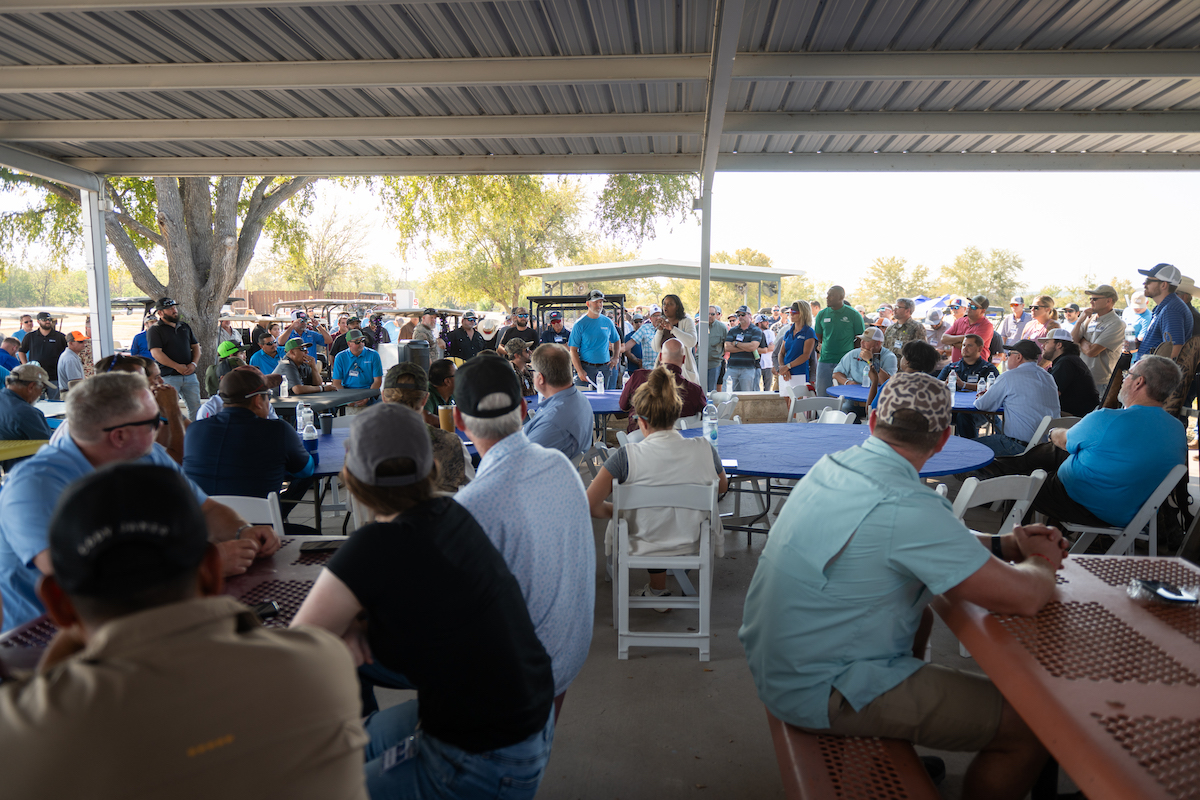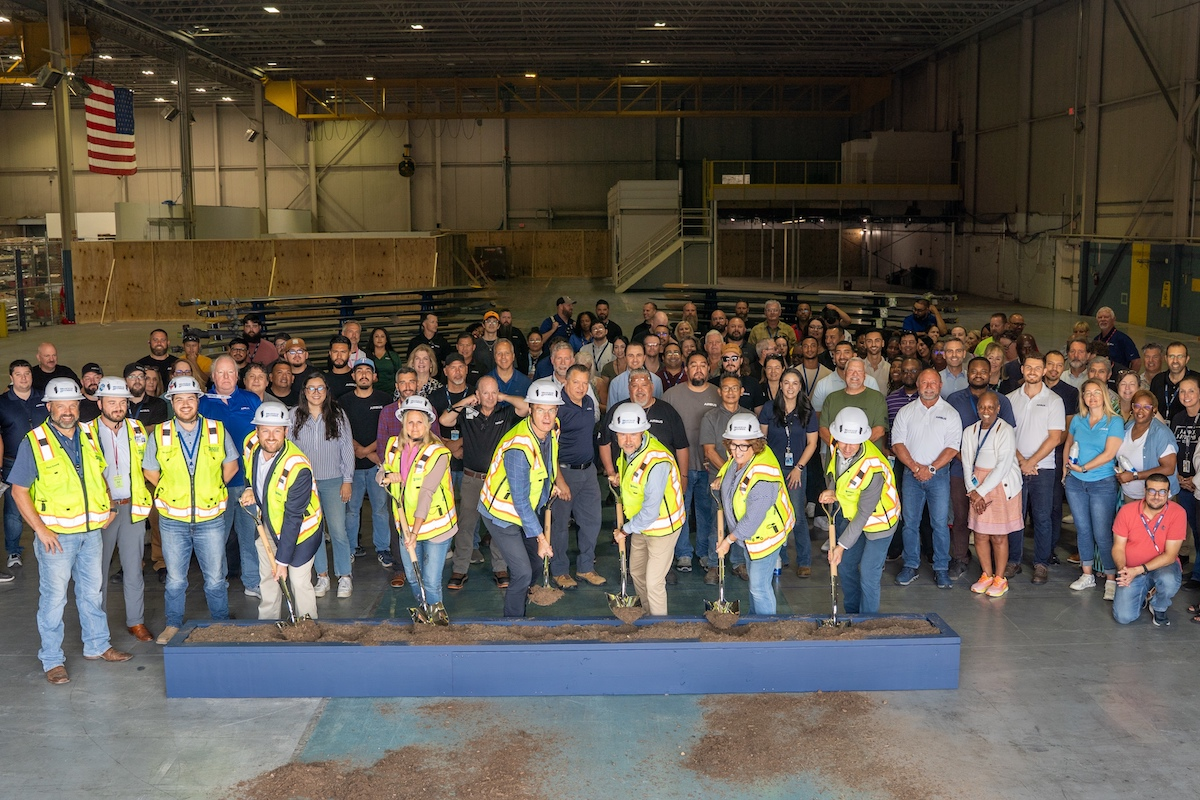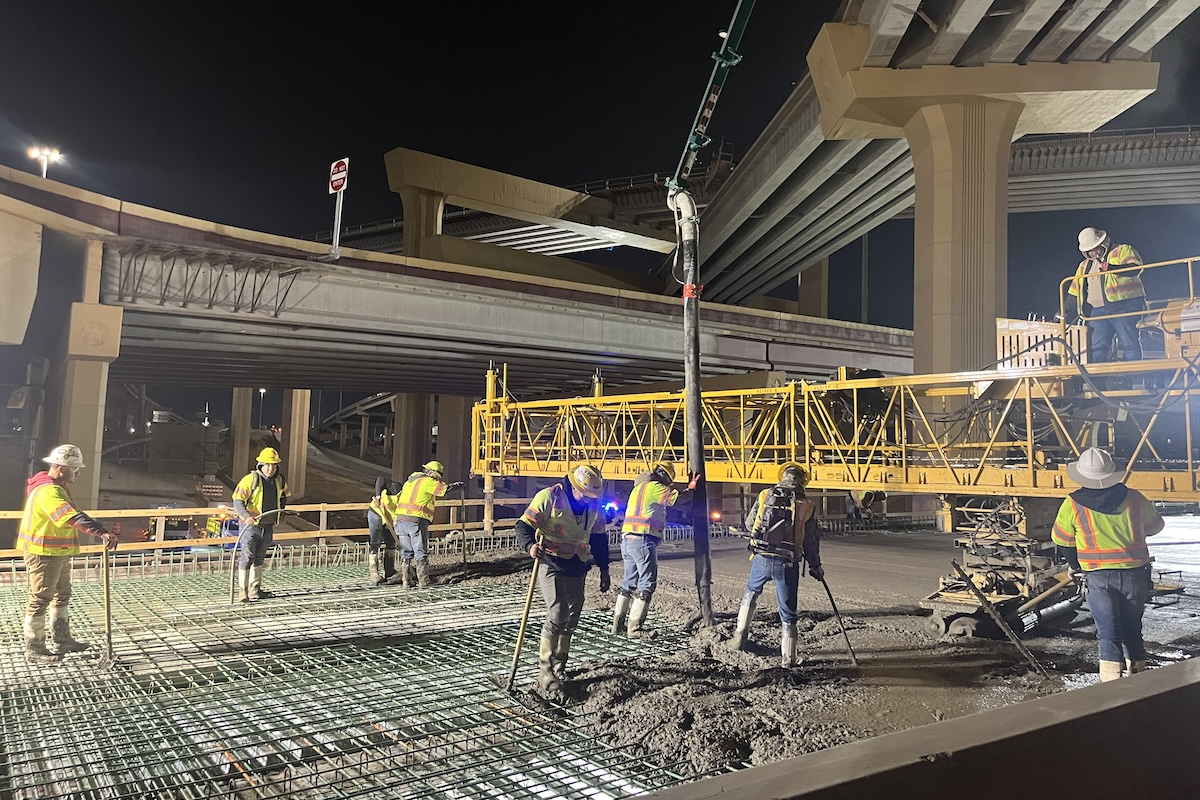As Chief of Operations for the U.S. Army Corps of Engineers (USACE) Galveston District, Chris Frabotta oversees operations and maintenance for all of the state’s federal navigation channels to help move that cargo. The district’s footprint covers the entire expanse of coastal Texas as well as 150 miles inland from the Gulf of Mexico.
“We’re responsible for over 1,000 miles of federal channels, monitoring through hydrographic surveys and maintaining them primarily through dredging so they’re deep enough to safely navigate,” Frabotta said.
Selected for his current position in April 2020, Frabotta also oversees operations and maintenance for the district’s flood risk management (FRM) projects.
Frabotta has worked with the Army all but four years since 1988. He enlisted after high school and served two years in Germany. When he returned to the U.S., he re-enlisted in the Army Reserve, serving five years while attending college. In 1998, he graduated from the University of Florida in Gainesville with a bachelor’s degree in environmental engineering.

| Your local Broce Broom dealer |
|---|
| Nueces Power Equipment |
He began working as a civilian in 1999 for the USACE Wilmington District in North Carolina. During his tenure there, he twice deployed to Iraq to support infrastructure construction and reconstruction efforts. He also worked with the U.S. House of Representatives Appropriations Subcommittee on Energy and Water Development in 2007.
In 2011, he served a 120-day assignment as the Galveston District’s Chief of Navigation.
After that, “I applied for and was selected as the permanent Chief of Navigation,” Frabotta said. “I had no intention of coming here permanently when I took the temporary assignment, but I made a decision between going back to a job I had under control or being challenged here in Galveston while supporting an awesome navigation mission.”
In his interview with Texas Contractor, Frabotta shares the lessons he learned throughout his career, as well as his district’s priorities for protecting the Texas coastline and supporting waterborne commerce and security.
Who has been your biggest influence?
My grandad is a World War II veteran who will be 94 this year. He raised me and taught me to work hard and follow through with my commitments. Because he and other family members served in the military, I felt it was really an obligation to do so.

| Your local Atlas Copco CMT USA dealer |
|---|
| Closner Equipment Co Inc |
| Central Texas Equipment |
| Bee Equipment Sales Ltd |
| Cooper Equipment Co |
What’s the best advice you’ve received?
I was strictly technical until 2011 when I became a manager, and now I have 65 people under me. My last boss, Joe Hrametz (former Galveston District Chief of Operations), reminded me that not everyone works the way I do, but they may be working more effectively or efficiently. He told me not to micromanage and to focus on the end product.
What lessons have you learned in your professional life?
I’ve got a whole team of people beneath and beside me in this district. I help through leadership, but they really execute the mission. In the last few years of my career, I’m focusing on leaving this job in a better state than I found it and developing our younger employees so we have a good succession plan.
What professional achievement makes you proudest?
In the Galveston District, we move 20 to 30 million cubic yards of dredge material annually. We strive to use that material beneficially, placing sandy material on beaches and using silty material to build marshes or bird nesting habitats. In recent years, we placed sandy material from the Houston-Galveston entrance channel on the adjacent Galveston Beach shoreline. We’re doing the same thing at the Brownsville entrance channel in south Texas, putting the material on the South Padre Island shoreline.
Another big achievement occurred when I spent a year in Iraq as the Al Basra South Resident Engineer. I led a team with two American Army civilians and seven Iraqi engineers. We undertook about 40 projects, but the one that stands out is the first Iraqi Coast Guard station. We sketched it in about an hour. Within one year, we transitioned it from drawings to constructing an administration building, a barracks building, a boat ramp, floating docks, fueling stations, and security fencing.
What are the priorities in your work?
On the navigation side, we focus on providing safe, reliable, efficient navigation for waterborne commerce, as well as national security as troops and equipment are deployed through Texas ports. As a collateral mission, the channels provide an opportunity for recreational vessels. We monitor, maintain, and display channel condition surveys on our hydrographic survey website so users can safely navigate. On the FRM side, we work to minimize the impact of flooding and coastal storm surges on property, loss of life, and the environment.

| Your local Case Construction Equipment Inc dealer |
|---|
| Nueces Power Equipment |
| ASCO Equipment |
What are the biggest projects underway in the Galveston District?
The Sabine Pass to Galveston Bay (S2G) Coastal Storm Risk Management Program consists of the district’s largest projects currently under design and construction. The S2G program will reduce the risks of coastal storm surge to people and property within low-lying, coastal areas in Orange, Jefferson, and Brazoria counties. Construction of the three S2G projects is anticipated to finish in 2028.
The Coastal Texas Protection and Restoration Feasibility Study is the district’s largest feasibility study underway. Led by USACE in partnership with the Texas General Land Office, the goal of the six-year, $20.6 million study is to identify feasible projects that reduce risks to public health and the economy, restore critical ecosystems, and advance resiliency along the Texas coast. As the study nears the conclusion of its feasibility phase, it’s on track to deliver a report to Congress in September 2021.
Together, the S2G and Coastal Texas projects provide a comprehensive strategy to deliver a resilient Texas coast. This system-of-systems risk management strategy offers multiple lines of defense to increase the region’s ability to prepare for, withstand, recover, and adapt to hurricanes and maintain critical social, economic, and support systems.




















